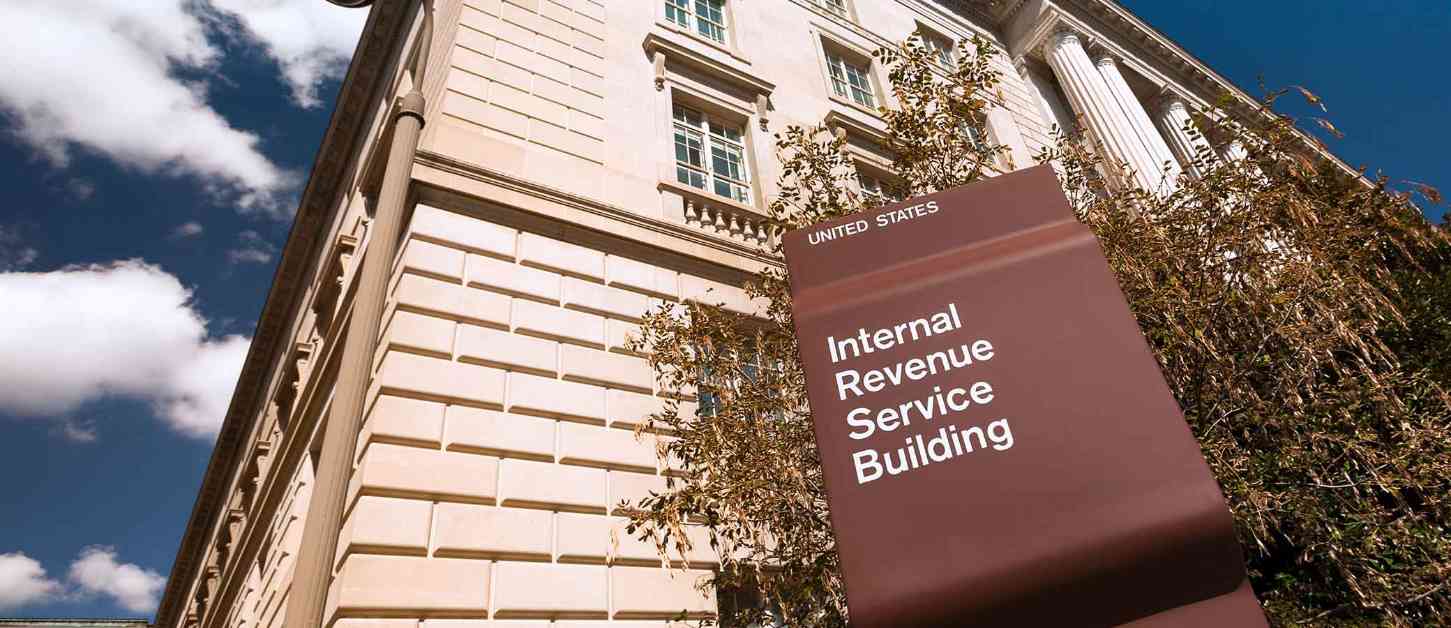As Vinson & Elkins gears up to host the “Energy Transition and IRA Conference” in New York on November 7, 2024, just days after the presidential election, the focus shifts to the Inflation Reduction Act of 2022 (IRA). The IRA, implemented in 2022, brought about significant changes to the clean energy tax credit landscape by enhancing existing credits, introducing new technologies and activities eligible for credits, and establishing two new credit monetization methods – transferability and direct pay. With the upcoming election, the future of the IRA hangs in the balance, raising questions about potential changes under a new administration.
The Impact of the IRA
The IRA has had a profound impact over the past two years, with the majority of clean energy incentives in the form of tax credits. Undoing these tax credits would require congressional action, making a complete repeal of the IRA’s clean energy provisions unlikely. A group of 18 House Republicans highlighted the catastrophic consequences of such a repeal, emphasizing the importance of maintaining the energy tax regime to support investments in U.S. energy infrastructure.
The Direct Impacts of the IRA
Under the IRA, developers and sponsors of green projects continue to benefit from an expanded scope of tax credits, providing essential financing for projects. Tax equity investors play a crucial role in funding projects, allowing developers to monetize available benefits efficiently. Tax credit transfers have opened up financing options for projects that previously struggled to attract investors, leading to a significant increase in transfer transactions.
Other Beneficiaries and Industries
The development spurred by the IRA has created additional demand for construction and bridge lenders, who are adapting to the expanded tax benefits. Corporations with high energy demands are utilizing hub-settled virtual PPAs to hedge future energy costs and participate in the green energy market. The tax credit insurance market has seen substantial growth, with new insurance products covering various tax credit risks arising from the generation and monetization of IRA tax credits.
Developing and Growing Industries
New business lines have emerged around the IRA, including tax credit brokers and consulting firms specializing in PWA requirements. Accounting and payroll firms, software developers, and independent engineering firms are playing critical roles in assisting taxpayers with compliance and project structuring. The complexity of the IRA has led to increased demand for legal and consulting services in the clean energy sector.
Predictions for the Future
While the future of the IRA remains uncertain, potential changes under a new administration could impact the clean energy transition. Repealing or modifying tax credits would require legislative action, with implications for various industries and stakeholders. Streamlining project permitting and providing incentives for transmission build-out could accelerate the clean energy transition, shaping the industry’s future trajectory.
Looking Ahead
Despite the uncertainties surrounding the IRA, its positive benefits are expected to drive spending, development, and investment in the domestic economy. The energy transition market is set to continue evolving, creating opportunities and challenges for stakeholders across various sectors. By staying informed and engaged, industry players can navigate the changing landscape of clean energy and position themselves for success in the years to come.

